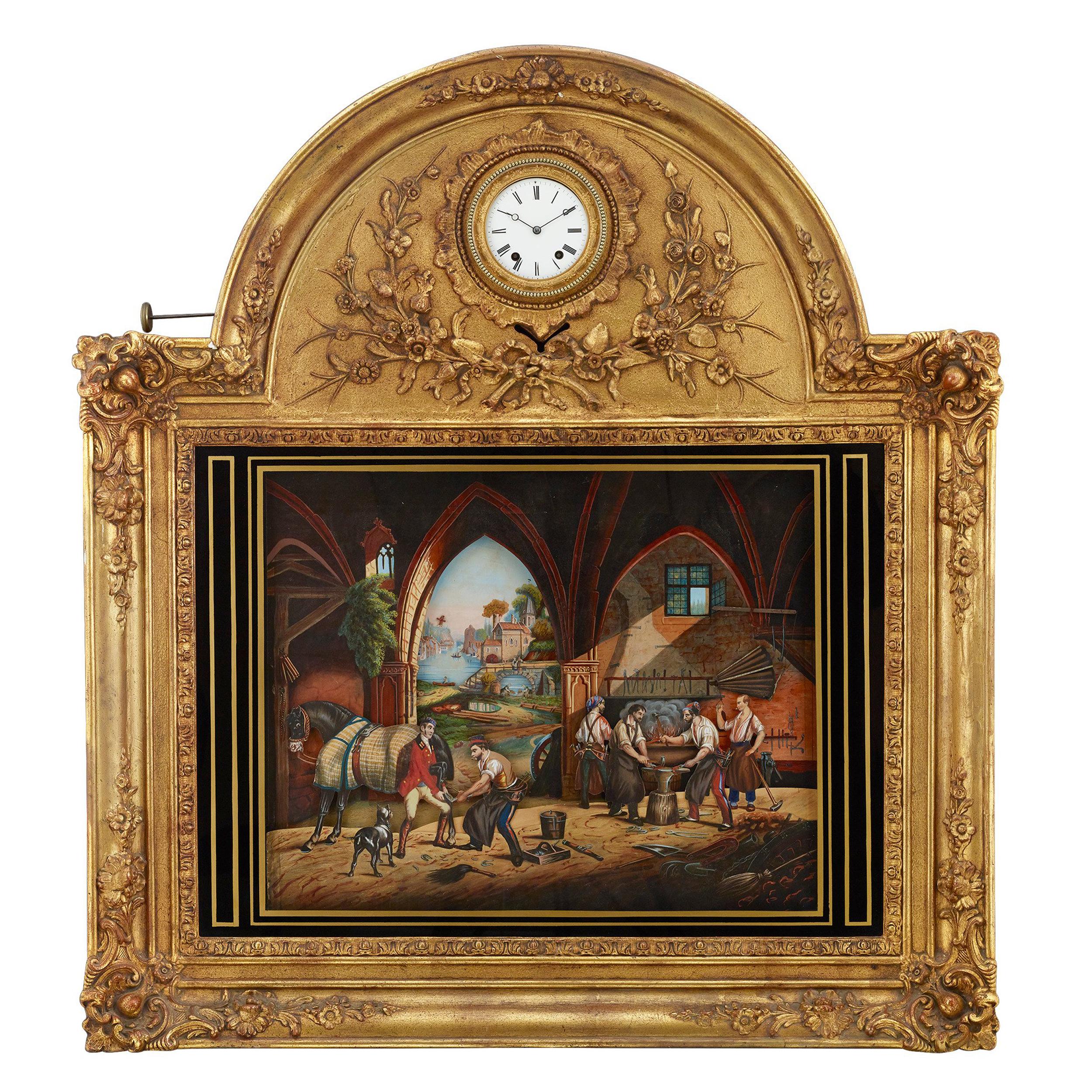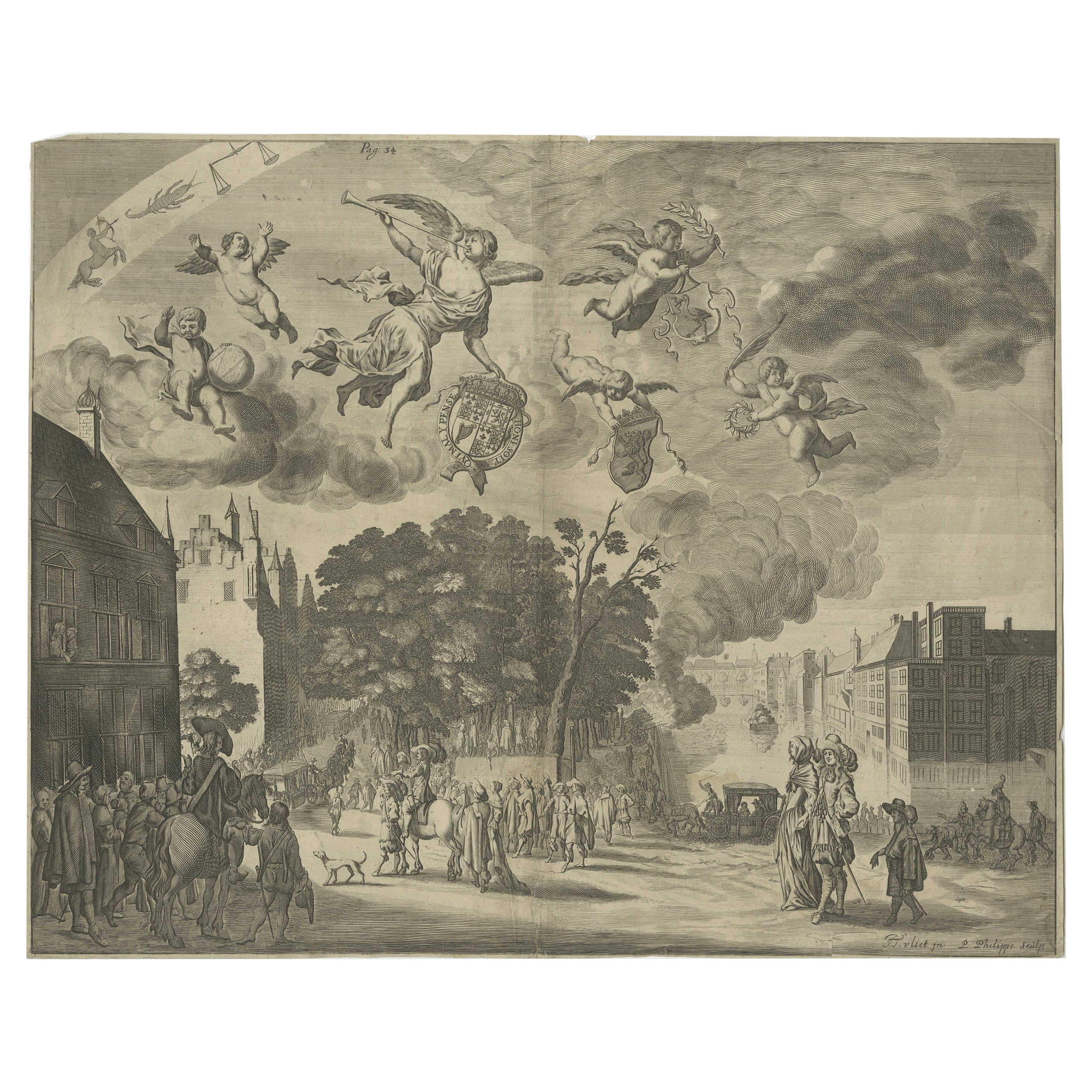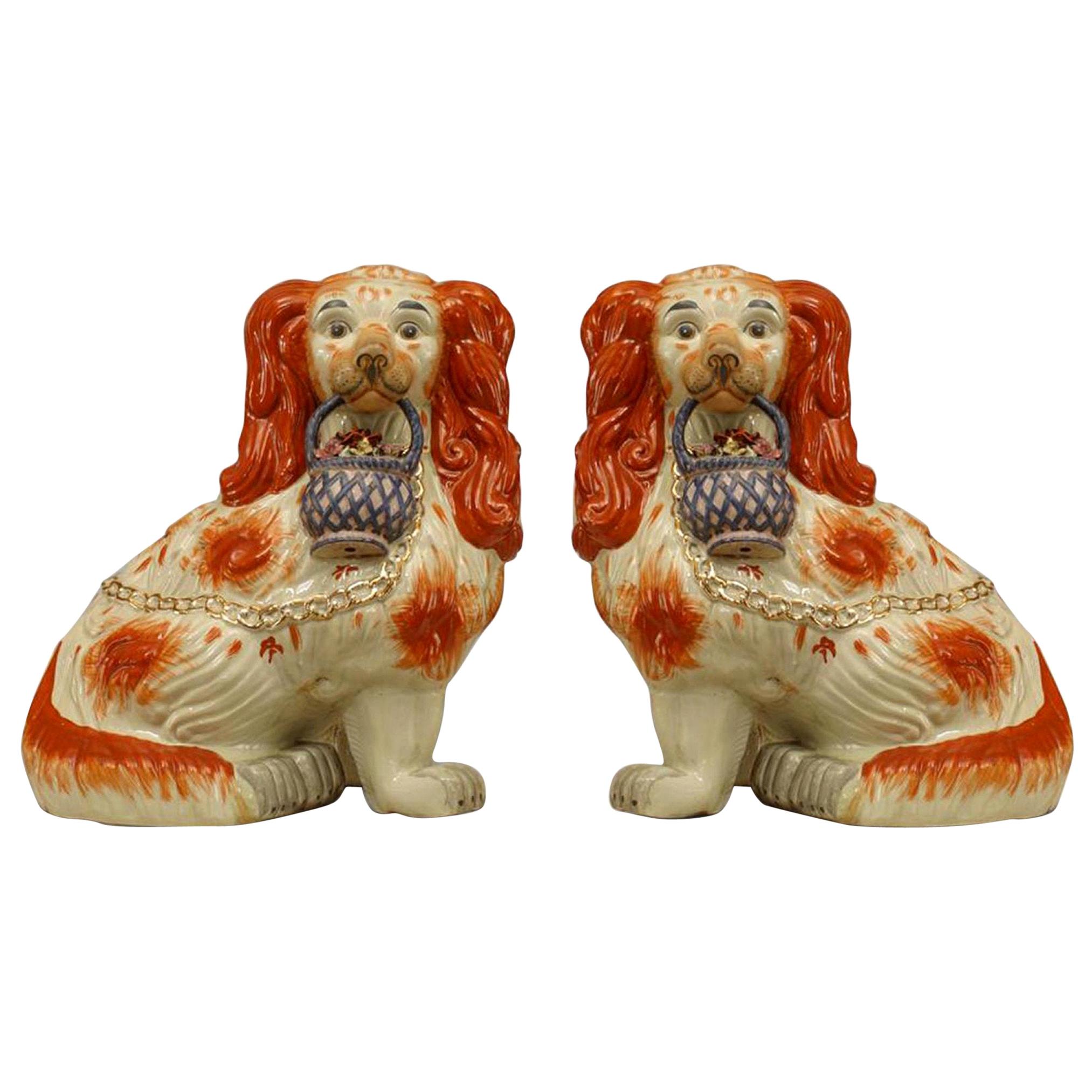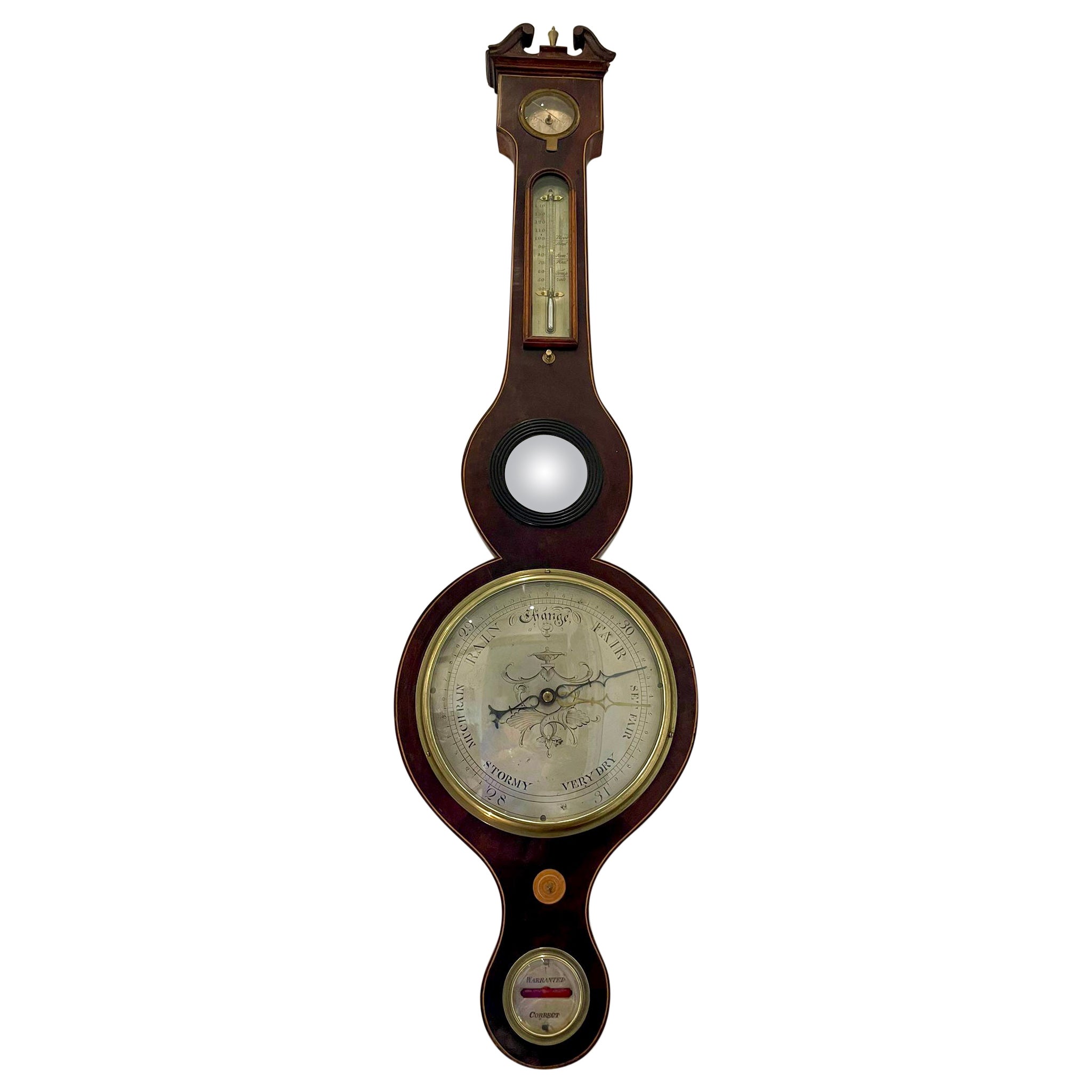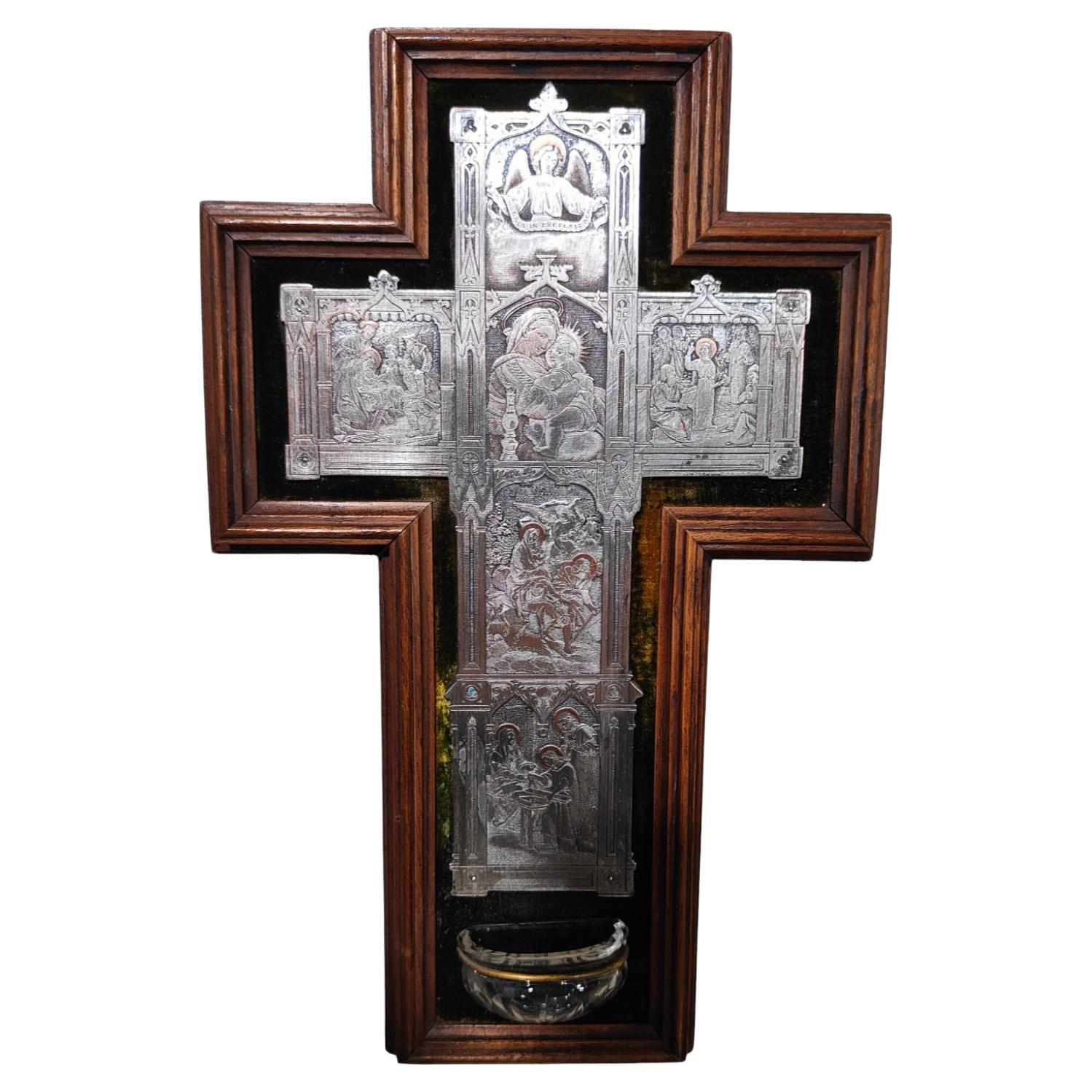Items Similar to Fausto Melotti
Want more images or videos?
Request additional images or videos from the seller
1 of 13
Fausto Melotti
About the Item
Curator: Antonella Commellato; Marta Melotti
Pages: 476, Color illustrations: 1015
The catalog raisonné of the ceramics of Fausto Melotti, the absolute protagonist of Italian art, whose ceramic production is fully inscribed within his artistic itinerary, developing from the second post-war period up to the very early 1960s; and even if Melotti sometimes feels "forced" to face this terrain, for reasons of survival, in reality he finds in it a further tool for inventing new forms and for "transforming" the very concept of sculpture.
Born in Rovereto, Fausto Melotti was one of the personalities who brought prestige to his hometown. Since the mid-1930s, in the Italy of the return to the figurative order, he set up his abstract and almost two-dimensional sculptures, built on a bold and absolutely innovative language for the time. From that moment, the vein of experimenter never left him and, associated with an instinctive tension towards musical harmony, guided him in the creation of a work now recognized, in Italy and abroad, as one of the most significant of our Artistic twentieth century. Along with Fontana, Burri or Vedova, Fausto Melotti is an absolute protagonist of Italian art to which many exponents of subsequent artistic generations have looked.
The long parenthesis of ceramic production is inserted between the abstract and purist geometry of the Thirties and the light filaments of the Sixties and Eighties, which reject "the stupid love of matter".
In ceramics, this multifaceted artist therefore finds a material that can be manipulated, like the plaster of his early days or terracotta. The idea of malleability of the material acts as a counterpoint to the expressive choice of "high" sculpture, linked to metals, and if in this Melotti cancels the full-relief and the drapery, in the ceramics he often re-proposes a "baroque breeze": "the artist – wrote Melotti – he must have a creed but, I think, he 'must' also betray it”. Thus Melotti in his creations pushes himself to the extreme limits allowed by the material, trying to make ever thinner sheets or to reach the maximum dimensions allowed by the ovens; even making the functional use of the object “impossible”: coffee cups too tall and narrow for teaspoons, bells too fragile to be rung, pitchers with elusive handles, unimaginable vases for holding flowers.
This monumental catalog raisonné brings together over 1500 ceramic works - sculptural works and objects of decorative use - divided into different types: the theatres; the figurative sculptures; large animals; the female figures; the korai; the sacred sculptures; the bas-reliefs; the plates; the vases; the cups; the husks; bestiary; the circles; dishes; lamps; stoups, angels, UN; bells, frames, necklaces; tea and coffee sets; cups; ashtray.
The volume contains an extensive introductory essay by Massimo Carboni, professor of Aesthetics at the Academy of Fine Arts in Florence, who - to underline the innovative and experimental personality of the sculptor from Trentino, in the Italian art scene of the twentieth century - deals with the work of Melotti especially from a theoretical and philosophical point of view. The reasoned filing work is instead entrusted to Antonella Commellato who, proceeding by typology, dedicates an in-depth introductory essay of a historical-artistic nature to each cycle of works. The illustrated biography, bibliography and list of exhibitions close the volume.
- Dimensions:Height: 11.03 in (28 cm)Width: 9.45 in (24 cm)Depth: 1.58 in (4 cm)
- Materials and Techniques:
- Period:
- Date of Manufacture:2003
- Condition:In very good condition, it is used, but almost like new.
- Seller Location:Montelabbate, IT
- Reference Number:
About the Seller
5.0
Vetted Seller
These experienced sellers undergo a comprehensive evaluation by our team of in-house experts.
1stDibs seller since 2022
40 sales on 1stDibs
Typical response time: 21 hours
- ShippingRetrieving quote...Ships From: Montelabbate, Italy
- Return PolicyA return for this item may be initiated within 14 days of delivery.
More From This SellerView All
- Arts and Crafts Furniture, John AndrewsLocated in Montelabbate, PUIt has long been time for a specialist work on Arts and Crafts furniture. Written by a recognised authority on the subject, this book examine...Category
Mid-20th Century Books
MaterialsPaper
- Flammarion on Majorelle by Alastair DuncanLocated in Montelabbate, PUEditorial binding in 4 under dust jacket. Rare reference work. 232 pages, 136 p. coloured. Nice copy. Monograph of the cabinetmaker and decorator Louis Majorelle, one of the great na...Category
Early 20th Century Books
MaterialsPaper
- Jean-Michel FrankLocated in Montelabbate, PUFormat - Hardcover Author - Adolphe Chanaux Publication Year - 1997 Language: French/ English FranceCategory
Early 20th Century French Books
MaterialsPaper
- Eugène Vallin, Menuisier d'art de l'ecole de NancyLocated in Montelabbate, PUEugène Vallin (1856 – 21 July 1922) was a French furniture designer and manufacturer, as well as an architect. Hardcover, 319 pag.Category
Early 20th Century Books
MaterialsPaper
- Intèrieurs Bruxellois Modernisme & Art DècoLocated in Montelabbate, PUDuring the interwar period, housing in Brussels experienced considerable expansion. Two major currents coexisted at this time: one resolutely modernist and avant-garde, in the moveme...Category
Mid-20th Century Art Deco Books
MaterialsPaper
- Gaston Suisse (1896-1988), Splendeur du Laque Art DècoLocated in Montelabbate, PUYear of publication 2013, Number of pages 269, Format 25 x 28 cm. Photos 250 including colors. Binding Hardcover under illustrated dust jacket French language. Very young, Gaston Su...Category
2010s French Books
MaterialsPaper
You May Also Like
- French Musical Automaton Picture ClockLocated in New Orleans, LAOne of the most amazing timepieces we have ever acquired that offers far more than meets the eye, this incredible work of art blends the beauty of a painting with the mechanical complexities of both a cylinder music box and an automaton. While it is clear to see the integrated clock residing within the arched giltwood and gesso frame, when activated, this painting quite literally comes alive. As the cylinder mechanism within plays its lovely tune, every character in the farrier's shop becomes animated – from the group of farrier's toiling away at the forge and anvil forming the horseshoes, to the wagging of the charming terrier's tale. This musical automaton picture clock is attributed to Xavier Tharin of Paris who was the preeminent creator of this fantastical "moving pictures", especially this particular farrier scene. His process mixed oil painting and hand-colored lithograph images that were layered starting from the back, middle and foreground to craft the complex series of movements throughout the painting. A look inside this particular work reveals the complex mechanism (with the three gongs, pendulum and cylinder components immediately visible) which must run the timepiece, the cylinder musical component plus the multitude of moving elements in the painting...a truly incredible feat considering the technical prowess to create just one of these devices. Musical picture clocks...Category
Antique 19th Century French Other Wall Clocks
MaterialsPaint
- Arrival of the English King Charles II from Delft in The Hague, Holland, 1660Located in Langweer, NLAntique engraving with the title Arrival of the English King Charles II from Delft in The Hague, 25 May 1660. Episode during his tour through and departure from the Netherlands. Arrival at the Vijverberg and Het Groene Zoodje, salute shots are fired at the Hofvijver. In the air the fame and putti with the arms of the English king, Holland and The Hague. On the left part of the signs of the zodiac. Marked at the top: Page. 34. In the top the Arms of the King with the text: Honi soit qui mal y pense. This a maxim in the Anglo-Norman language, a dialect of Old Norman French spoken by the medieval ruling class in England, meaning "shamed be whoever thinks ill of it", usually translated as "shame on anyone who thinks evil of it" It has been used as the motto of the British chivalric Order of the Garter. In current French usage, the phrase may be used ironically to insinuate the presence of a hidden agenda or a conflict of interest. Makers (mentioned on the engraving): Pieter Philippe after a design of: Jacob...Category
Antique 1660s Prints
MaterialsPaper
- Pair of Victorian Porcelain Staffordshire FiguresBy StaffordshireLocated in New York, NYPair of English Victorian style (19th/20th Cent) large porcelain Staffordshire porcelain figures of orange and white seated spaniels holding baskets of flowers in their mouths with g...Category
Antique Late 19th Century Victorian Animal Sculptures
MaterialsPorcelain
- Antique George III Quality Mahogany Banjo BarometerLocated in Suffolk, GBAntique George III quality mahogany banjo barometer having a quality mahogany shaped case with a swan neck pediment and satinwood stringing, circular silvered engraved dial with orig...Category
Antique Early 1800s English George III Scientific Instruments
MaterialsMahogany
- Terrestrial Globe Ludwig Julius Heymann, Circa 1880Located in Madrid, ESTerrestrial Globe Ludwig Julius Heymann, Circa 1880 Globe 10 cm in diameter with a marble base held by metal putty. Nineteenth century. Dimensions: 46 cm high 7.14 cm diameterCategory
Antique 1880s Scientific Instruments
MaterialsMarble
- Italian Cross With Blessing Pot From The 19th CenturyLocated in Madrid, ESItalian Cross With Blessing Pot From The 19th Century Beautiful 19th century Italian cross with a carved glass blessing jar. The cross has a wooden str...Category
Antique 1860s Religious Items
MaterialsWood
Recently Viewed
View AllMore Ways To Browse
Collectible Cup
Bells Collectable
Collectable Angel
Mid Century Bas Relief
The Vintage Oven
Retro Ovens Ovens
Bell Push
1930s Tea Set
Ashtray With Flowers
Collectible Vintage Bells
Metal Flower Lamp Set
Ceramic Animal Lamp
Italian Plaster Sculpture 20th Century
Tall Italian Vases Set
Large Terracotta Lamp
Bell Necklace
Large Plaster Relief
Italian Terracotta Lamp
